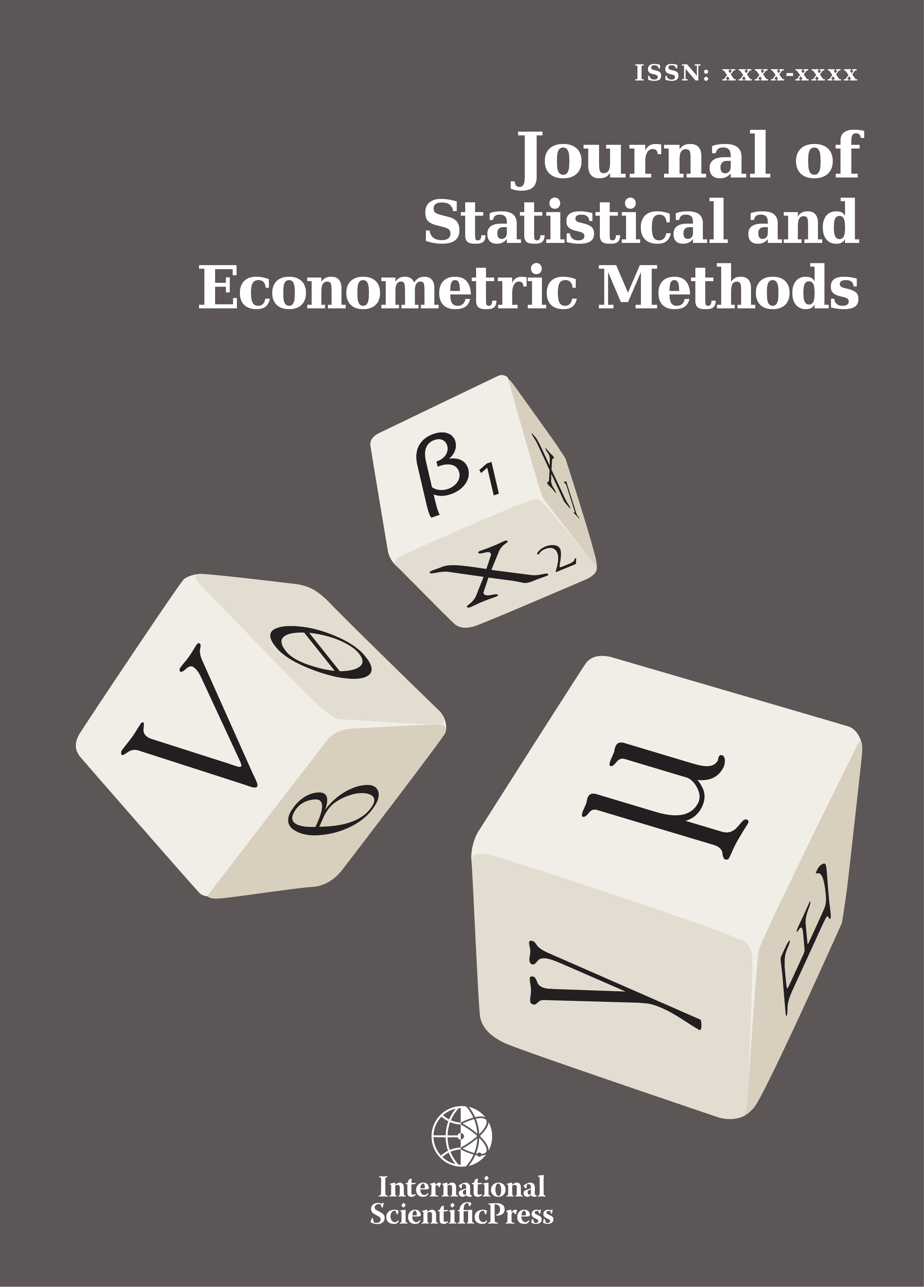Journal of Statistical and Econometric Methods
Autoregressive Distributed Lag (ARDL) cointegration technique: application and interpretation
-
 [ Download ]
[ Download ]
- Times downloaded: 50496
-
Abstract
Economic analysis suggests that there is a long run relationship between variables under consideration as stipulated by theory. This means that the long run relationship properties are intact. In other words, the means and variances are constant and not depending on time. However, most empirical researches have shown that the constancy of the means and variances are not satisfied in analyzing time series variables. In the event of resolving this problem most cointegration techniques are wrongly applied, estimated, and interpreted. One of these techniques is the Autoregressive Distributed Lag (ARDL) cointegration technique or bound cointegration technique. Hence, this study reviews the issues surrounding the way cointegration techniques are applied, estimated and interpreted within the context of ARDL cointegration framework. The study shows that the adoption of the ARDL cointegration technique does not require pretests for unit roots unlike other techniques. Consequently, ARDL cointegration technique is preferable when dealing with variables that are integrated of different order, I(0), I(1) or combination of the both and, robust when there is a single long run relationship between the underlying variables in a small sample size. The long run relationship of the underlying variables is detected through the F-statistic (Wald test). In this approach, long run relationship of the series is said to be established when the Fstatistic exceeds the critical value band. The major advantage of this approach lies in its identification of the cointegrating vectors where there are multiple cointegrating vectors. However, this technique will crash in the presence of integrated stochastic trend of I(2). To forestall effort in futility, it may be advisable to test for unit roots, though not as a necessary condition. Based on forecast and policy stance, there is need to explore the necessary conditions that give rise to ARDL cointegration technique in order to avoid its wrongful application, estimation, and interpretation. If the conditions are not followed, it may lead to model misspecification and inconsistent and unrealistic estimates with its implication on forecast and policy. However, this paper cannot claim to have treated the underlying issues in their greatest details, but have endeavoured to provide sufficient insight into the issues surrounding ARDL cointegration technique to young practitioners to enable them to properly apply, estimate, and interpret; in addition to following discussions of the issues in some more advanced texts.
